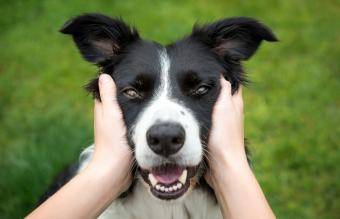
Sporting Dog Breeds At-a-Glance: Printable Chart

American Water Spaniel

American Cocker Spaniel

Boykin Spaniel

Brittany Spaniel

Chesapeake Bay Retriever

Clumber Spaniel

Curly-Coated Retriever

English Cocker Spaniel

English Setter

English Springer Spaniel

Field Spaniel

Flat-Coated Retriever

German Shorthaired Pointer

German Wirehaired Pointer

Golden Retriever

Gordon Setter

Irish Red and White Setter

Irish Setter

Irish Water Spaniel

Labrador Retriever

Lagotto Romagnolo

Nederlandse Kooikerhondje

Nova Scotia Duck Tolling Retriever

Pointer

Spinone Italiano

Sussex Spaniel

Vizsla

Weimaraner

Welsh Springer Spaniel

Wirehaired Pointing Griffin

Wirehaired Vizsla

Common Characteristics of Sporting Dog Breeds

Sporting Breeds are Energetic

Sporting Breeds are People-Oriented

Sporting Breeds Are Easier to Train

And they Have a Sturdy Build

Sporting Dog Breeds Have Protective Coats

Types of Sporting Dogs

Show vs. Field Dogs

© 2025 LoveToKnow Media. All rights reserved.







